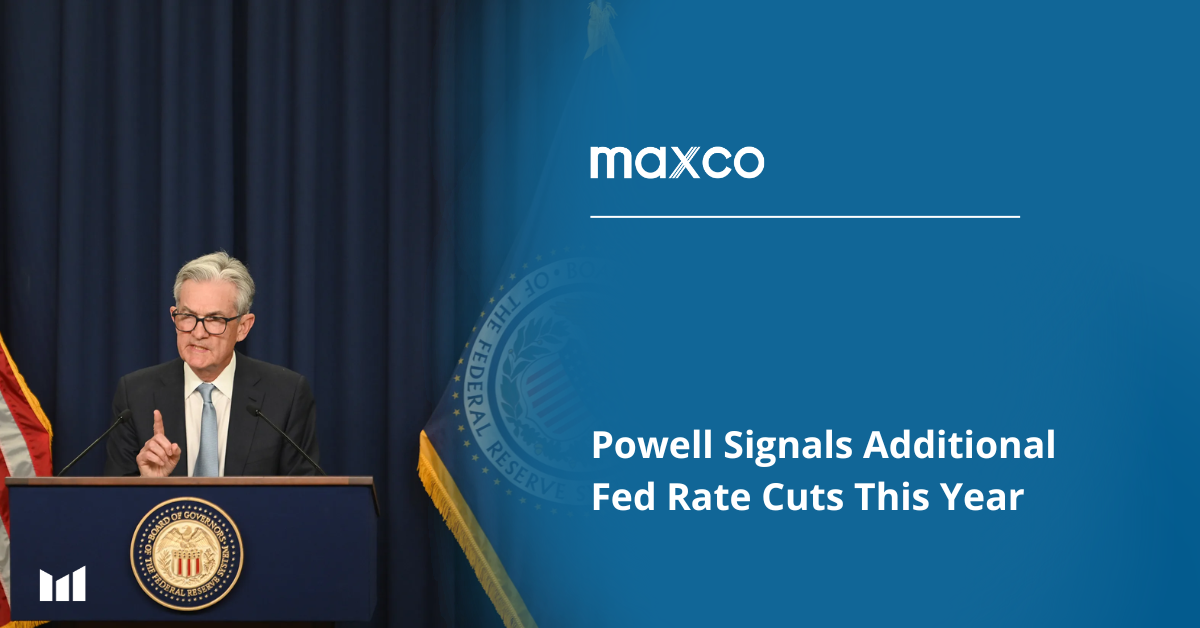A sharp slowdown in U.S. job growth has raised new concerns for the economy, signaling that the Federal Reserve is likely to deliver two more interest rate cuts this year. Speaking at an event in Philadelphia on Tuesday, Fed Chair Jerome Powell noted that despite the ongoing federal government shutdown delaying key economic data, the overall outlook for jobs and inflation remains largely unchanged since the September policy meeting.
During that meeting, Fed officials cut rates for the first time in 2025 and projected two additional cuts before year-end, with another reduction expected in 2026. Lower borrowing costs could ease pressure on mortgages, auto loans, and business credit. Powell also indicated that the Fed is currently more concerned about the labor market than inflation, as tariffs have temporarily lifted inflation to 2.9% but broader price pressures remain limited.
Economists say Powell’s remarks reinforced expectations that the Fed will lower rates at its next meeting on October 28–29. He also signaled that the central bank may soon halt the reduction of its $6.6 trillion balance sheet, a move that could further ease borrowing costs over time.

Powell spent much of his speech defending the Fed’s bond-buying strategy during the pandemic, which aimed to stabilize financial markets and keep long-term interest rates low. While critics — including Scott Bessent and some political figures — argue these actions fueled inequality and worsened inflation, Powell acknowledged the Fed “could have stopped asset purchases sooner” but maintained the decisions were made to protect the economy from deeper risks.
He also pushed back against a bipartisan Senate proposal to bar the Fed from paying interest on bank reserves, saying it would undermine the Fed’s ability to control interest rates. The measure failed in the Senate by a wide margin, 83–14, but gained cross-party support. Powell stressed that maintaining this tool is essential for the Fed to manage borrowing costs and inflation effectively.
